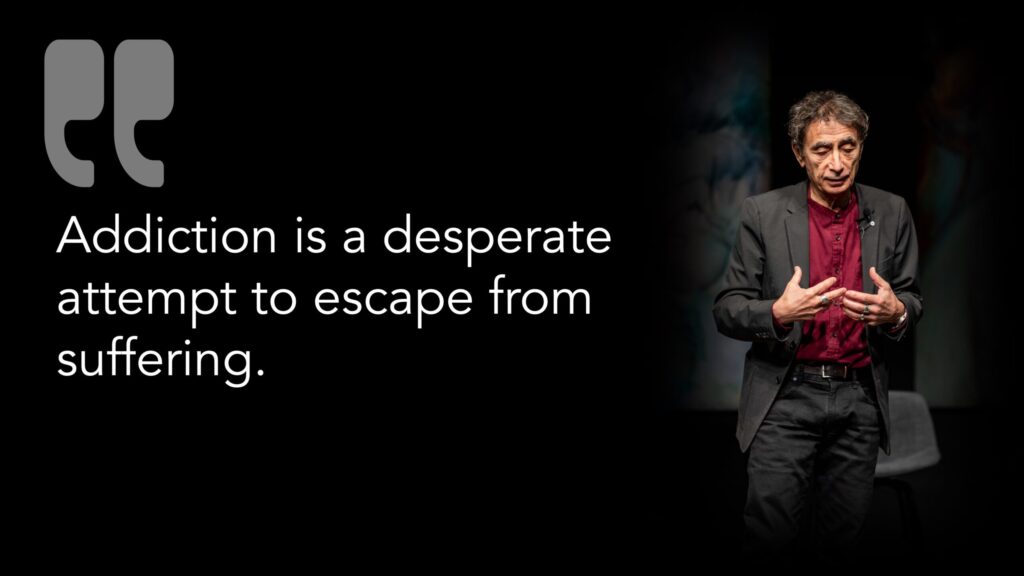
How this affects addictive behaviors
When we are uncomfortable, stressed, or feeliag unsafe, our brains are wired to seek safety. Remember our infant self, gazing into our caregiver’s eyes? That connection makes endorphins flow, which makes us feel safety. But many drugs of abuse, especially opiates, alcohol, and other sedatives do the same thing.
We talked earlier about the highways that the brain chemicals to travel on, and the factories that produce them. Much of our brain development happens in the first three years of life, and these highways and chemicals develop through the connections we form with our caregivers as an infant. So if our caregivers weren’t able to give us the attention, connection and love we needed to soothe our hurts or meet our needs, these brain chemicals and their “highways” didn’t develop correctly.
That means we might grow up never really knowing what it feels like to have large quantities of these brain chemicals flowing in our brains. We may not be able to feel love, connection, and joy the same way as someone who got those connections as an infant. So when we’re stressed, upset, hurt, angry, or depressed, we may not have the chemicals in our brains that help us to feel better.
But guess what? Drugs of abuse mimic those chemicals, and make them available to our brain. So for those of us who grew up without the connection that builds the highways and factories that let them flow, the very first time we drink alcohol, or take a Vicodin or a Xanax, or whatever our drug of choice is, we’re able to feel those things for the first time. Or feel them much more powerfully than we ever have.
Other drugs of abuse stimulate other brain chemicals that do similar things. Dopamine is a brain chemical that makes life interesting and exciting. It’s what flows when we eat tasty food, or go to an awesome concert, or watch a movie we really enjoy, or, really, anything that we enjoy. And the factories and highways for it, too, develop in our infancy, based on the experiences we have with those around us, and the things in our environment.
